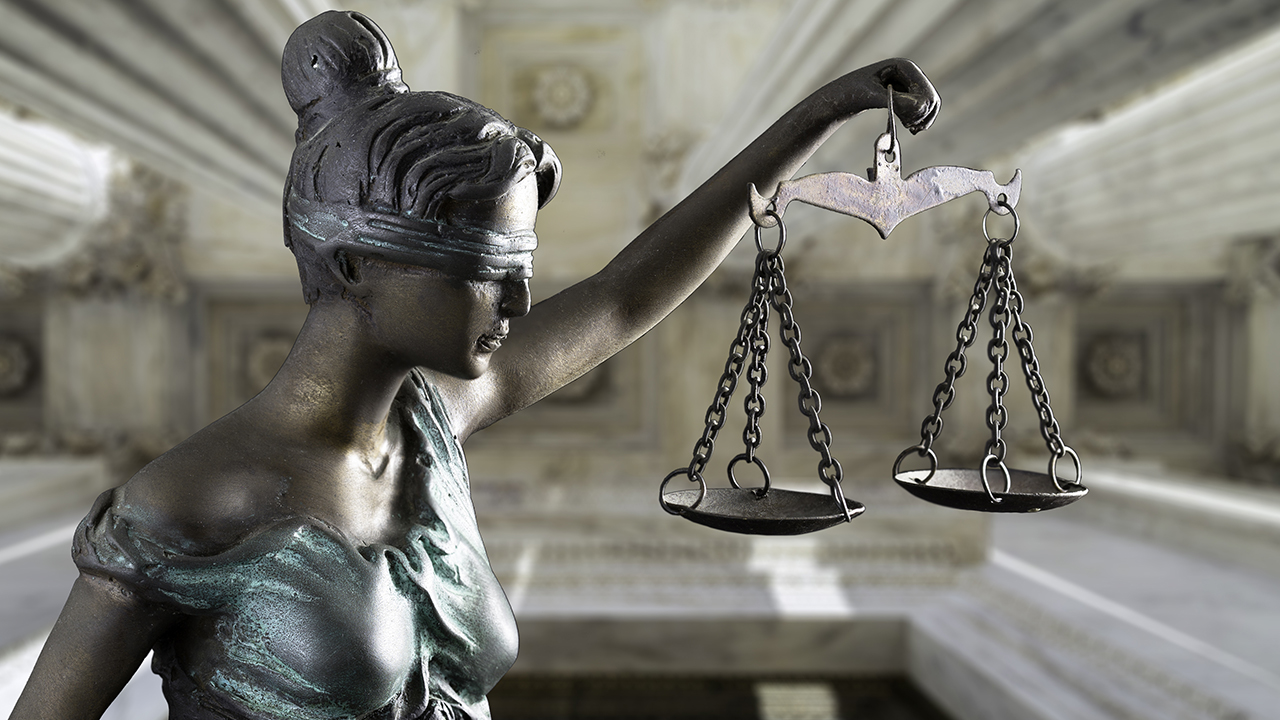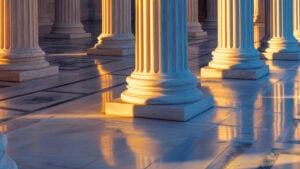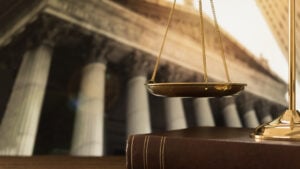On Monday, October 2, 2023, the Supreme Court of the United States (SCOTUS) will begin its new term. From the first Monday in October through the 30th day of June each year, SCOTUS is considered to be “in session.” During this timeframe, the Justices preside over oral arguments presented by attorneys for litigants in cases that are granted for review.
According to the SCOTUS website, “[t]he Court receives approximately 7,000-8,000 petitions for a writ of certiorari each Term. The Court grants and hears oral argument in about 80 cases.” Unless unforeseen circumstances dispose of a case from the SCOTUS docket beforehand, thus far, the SCOTUS has announced 23 cases that are or will be, scheduled for oral argument during the upcoming October Term 2023. The most recently published list of petitions granted or cases to be heard during this upcoming term is located here.
To understand why the Court takes some cases over others, it is important to grasp the concept of a petition for writ of certiorari. Often referred to as a “writ” or a “writ of cert,” a writ of certiorari is the formal name of the type of petition submitted to the SCOTUS by an aggrieved party requesting the SCOTUS review the judgment of the lower court. Writs of cert are similar to appeals; however, litigants are not entitled to be heard by the SCOTUS, rather, these types of petitions are only granted at the discretion of the Justices. The Justices will grant a petition for writ of cert if the Justices determine there is a significantly compelling reason why the case, at issue, should be resolved by the highest court in the land.
According to the Rules of the SCOTUS, the SCOTUS decides the case on its merits if one of the following strict conditions apply:
- If a ruling from a federal circuit court of appeal contradicts a ruling issued by at least one other federal circuit court of appeal such that the rulings are so fundamentally opposite that they cannot both co-exist and both be proper;
- If the high courts in at least two states issue rulings that are diametrically opposed;
- If “a state court or a U.S. court of appeal has decided an important question of federal law that has not been, but should be, settled by this Court, or has decided important federal question in a way that conflicts with relevant decisions of this Court”; or
- If a lower court “has so far departed from the accepted and usual course of judicial proceedings, or sanctioned such a departure by a lower court, as to call for an exercise of this Court’s supervisory power.
Condition number four (4), above, is considered a “catch-all” condition. It brings to life the notion of “equal justice under the law” and stands for the idea that our Supreme Court Justices will, when called upon, resolve a case in the interests of fairness and to ensure that the outcome is just and equitable.
Keeping in mind that each ruling issued by the SCOTUS is binding on every other court in the nation and considering it settles important questions of law that have rendered lower courts inharmonious with one another, rulings handed down each term almost always include watershed or landmark decisions. The upcoming October Term 2023 is shaping up to reinforce this concept.
To keep our readers up-to-date and well-informed, this week, we kick off our second annual newsletter series, identifying and offering brief commentary about key cases the SCOTUS will undertake in the upcoming term. We select cases for comment based on public interest, significance, and the potential impact on Americans.
With growing concerns over government overreach and abuses of authority by government agencies and officials, this week, we focus on what could be the most significant case regarding our Separation of Powers principles and our system of checks and balances in decades.
Loper Bright Enterprises v Raimondo
In Loper Bright Enterprises v Raimondo, Dkt No. 22-451, the SCOTUS is presented with an opportunity to interpret and exercise our Separation of Powers principles and the American system of checks and balances meaningfully.
The Petitioner, Loper Bright Enterprises, is asking the Court to overturn Chevron (1984), a 40-year-old landmark decision that many argue has served as the catalyst for the modern bureaucracy and administrative state.
The ruling out of Chevron established that courts shall afford great deference to administrative agencies when it comes to agencies creating and carrying out their own regulations. Ever since that fateful decision, issues of abuses of power and government overreach by administrative agencies, e.g. CDC, FDA, CMS, FBI, IRS, etc., have run rampant. Government agencies are often managed by lifer- bureaucrats and major government contractors, both known as having a proclivity to covertly carry out their own political or financial agendas when the opportunities arise – for example, in concert with lobbyists willing to fork over money, power, favors or all of the above.
Forty years have passed since Chevron. Over this time period, Americans began realizing the dangers brought about by affording such deference to administrative agencies operating in the shadows by unelected bureaucrats. From gender politics to woke ideologies to political persecution and targeting of Americans, administrative agencies have become emboldened, imposing irrational and capricious rules into the daily lives of Americans.
The Justices have an opportunity to reverse many of the offensive conditions by using Loper as the mechanism to finally overturn Chevron. And, from what can be gleaned from Hon. Justice Gorsuch’s well-reasoned dissent in Buffington v McDonough, Dkt. No. 21-972, explaining how the Chevron ruling undermined our Separation of Powers principles, the court may just be ready to do just that.
“As some tell it, Chevron effected a revolution in 1984. As the story goes, the decision overthrew all that came before and enshrined a new rule requiring courts to defer to Executive Branch interpretations of the law. No longer did executive officials have to be right about the law’s meaning to prevail in court—all they had to do was point to some relevant statutory ambiguity or silence and avoid being egregiously wrong.”








